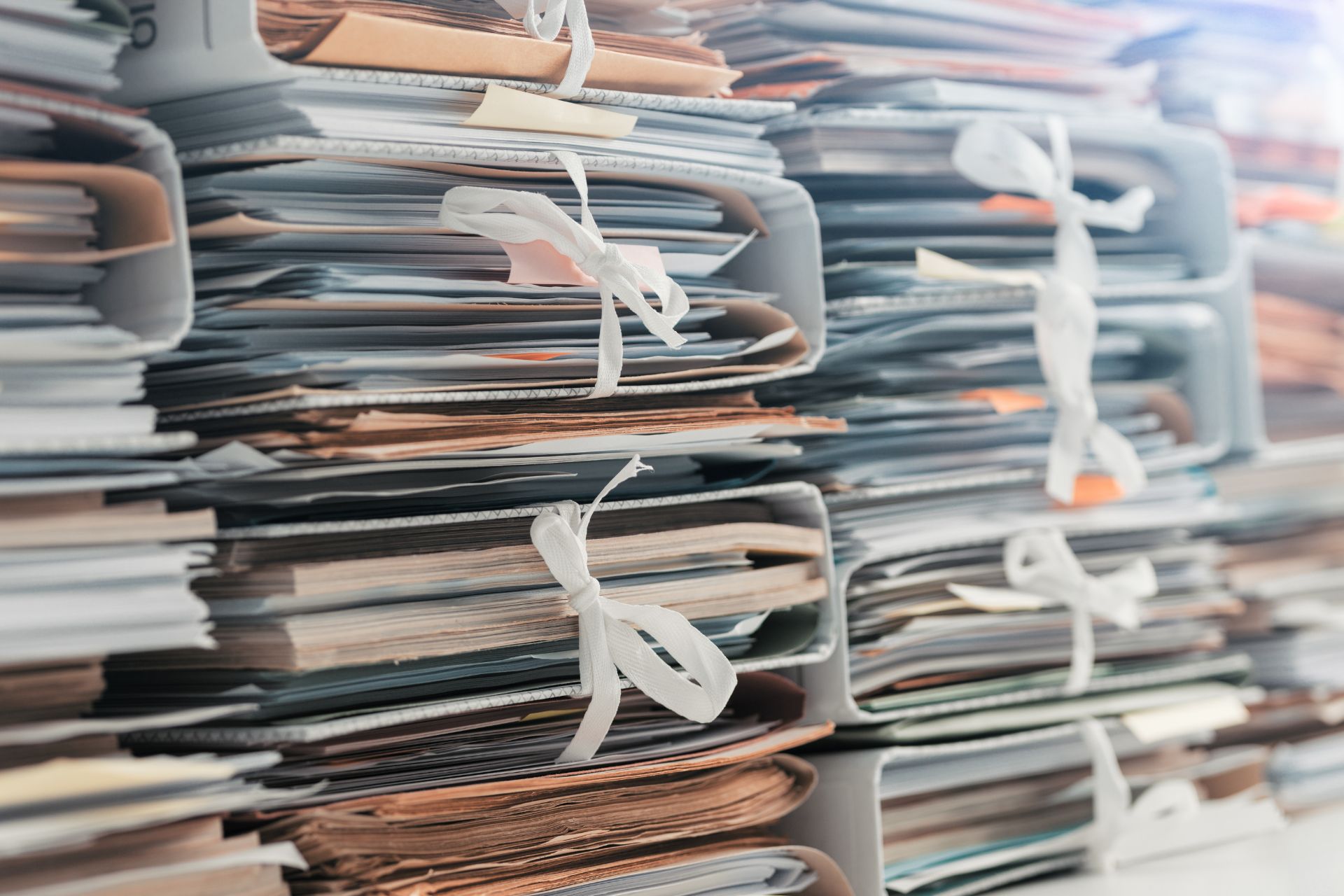Information guide on the deed of origin of a property, a fundamental document for the success of a real estate sale.
The success of a real estate sale is inseparably linked to the presence of a series of documents, including the deed of origin of the property, the references of which must be included not only in the notarial deed of sale, but also of the preliminary contract.
Both in the case of sale and purchase of a property, it is essential to carry out a check on the “origin” of the property, through the reconstruction of the history of the property, i.e. the various steps that led the vendor (natural or legal person) to be the person who is the full owner of the asset and is entitled to dispose of it and therefore to sell it.
This verification can be carried out by requesting the DEED OF ORIGIN.
WHAT IS THE DEED OF ORIGIN
The deed of origin is a public document that certifies ownership of a property and describes its history, thus making it possible to ensure that whoever sells the house has the actual right to transfer ownership.
More precisely, it certifies the ownership of a person of a real right on a real estate property or, in other words, it assigns ownership of the property itself to a person.
It is therefore a document, drawn up in paper form (non-verbal), following a public contract, a private agreement or a sentence, in which the nature of the real right is indicated (full or bare ownership, usufruct) the regime (community or separation) and the share of the right itself, held by the subject(s).
Therefore, the deed of origin can consist of:
– a notarial deed or private agreement (ex. sale, donation, division). The fundamental elements of the notarial deed, indispensable for its research, are the nature of the deed, the name of the notary, the date of signature of the deed, the notarial repertoire number, the date of transcription/registration in the public registers, the general register (box) and the particular register (article);
– a declaration of succession (which must be transcribed in the public registers). In this case it is important to know that it is necessary to arrange for the transfer of the holders of the cadastral company: in fact, in the deed of origin (in this case the succession declaration) the person in favor of owning the property will be indicated, while in the cadastral survey the same will still be registered in the name of the deceased. This sort of discrepancy, quite frequent, will necessarily have to be remedied before the stipulation of a new deed: this is possible in fact, with a cadastral transfer.
– a judicial sentence (such as an assignment deed from the court issued at the conclusion of a lawsuit for adverse possession or a real estate enforcement procedure).
Therefore, since it is a document drawn up by a public official, the deed of origin is public faith, i.e. it provides full proof up to the point of a complaint of forgery.
THE FORMS OF THE DEED OF ORIGIN
The deed of origin, regardless of its nature, can be presented in different forms.
– Transcription note.
This is a sort of summary of the content of the notarial deed, in which its identifying elements are highlighted, indispensable for the purpose of public evidence: personal data of the subjects for and against, cadastral data of the property, nature of the deed. Therefore, the transcription note does not contain all the data relating to the deed.
For an in-depth and complete examination it is possible to request a copy of the electronic title: that is, the exact and complete copy of the notarial deed.
– Copy of the notarial deed, essentially available by contacting the notary.
THE INFORMATION CONTAINED IN THE DEED
The document, whether it comes from a court or a notary, contains three main pieces of information:
– data on the owner of the property with personal details, if the house has multiple co-owners and if it belongs to a natural or legal person;
– the real right you have on the property and which could be bare ownership, usufruct or full ownership;
– any clauses such as limitations, constraints or easements.
WHEN AND WHY THE DEED OF ORIGIN IS NECESSARY
As mentioned, the deed of origin is necessary to stipulate any deed disposing of the right held, such as a real estate sales deed or a mortgage loan. In the case of purchasing a property it will allow you to understand who is entitled to the valid sale of the property. Additionally, this document will be useful for:
– certify the validity of the transfer;
– reconstruct the history of the property and all the steps to which it was subjected;
– possess all the specific characteristics of the property in detail.
– verify the correspondence of the deed with all other documents such as the cadastral survey of a property or the plan.
In the case of a property built directly by the vendor, the land purchase deed and the building permit will be necessary.
In the case of a mortgage loan, the credit institution, by analyzing the title of origin, can evaluate what rights the borrower has on the house and in what share, as well as identifying any limits on the hypothecability of the asset.
WHO ISSUES THE DEED OF ORIGIN
The law establishes that it can be issued by two authorities: the notary who signed the deed or the judge.
The notary generally delivers the document to the person who has acquired the rights to asset following the transfer of ownership, regardless of whether it is a deed of sale, division, donation or other.
Furthermore, an origin deed can be issued by a judge.
In fact, as mentioned, the sentence of a court is equivalent to a deed of origin, as in the case in which it rules on a lawsuit for adverse possession, or when it assigns a property to a successful bidder after a real estate enforcement procedure.
HOW TO OBTAIN A COPY OF THE DEED OF ORIGIN
Generally, it is possible to request a certified copy of the deed of origin of a property from the notary or notary office that drew up the last deed relating to that property. In this case, to recover the document you need to bring with you:
• the name of the notary who stipulated it
• the date on which it was stipulated
• the repertoire number
• the type of act
• if possible, also the date of transcription or registration in public registers
However, it could happen that the relevant notary office is no longer in business.
In this case, it is possible to send a request to the District Notary Archive or to the Conservatory of Public Real Estate Registers (Revenue Agency).
For documents transcribed after the introduction of digitalization at the Conservatory, it is also possible to make the request via the Sister platform of the Revenue Agency and dedicated to cadastral and real estate advertising services.
In some cases, the provenance passes through a court ruling. In the case of adverse possession or in the case of a real estate enforcement procedure, for example, it is the sentence or act of the Judge that defines the ownership of the property. The deed of origin will therefore be represented by the Authority’s provision.
Great Synergy: the network of trusted companies and professionals to realise your real estate projects
In addition to the real estate brokerage services offered by Great Estate, thanks to Great Synergy you can get everything you may need to manage, income or customise your prestigious property.
The public content of this website is for informational purposes only and cannot be considered exhaustive, nor provide legal or other professional advice, nor is it intended for commercial or customer relationship or transaction purposes.
This article is intended to provide information of general interest without offering advice for specific situations or problems.
RELATED ARTICLES:









